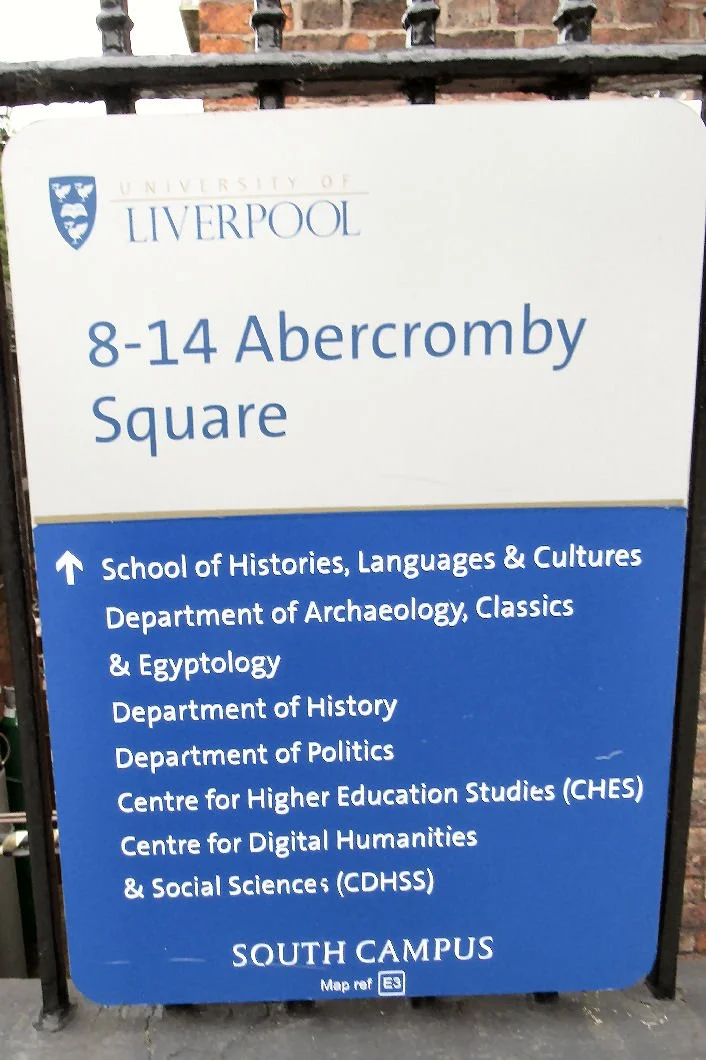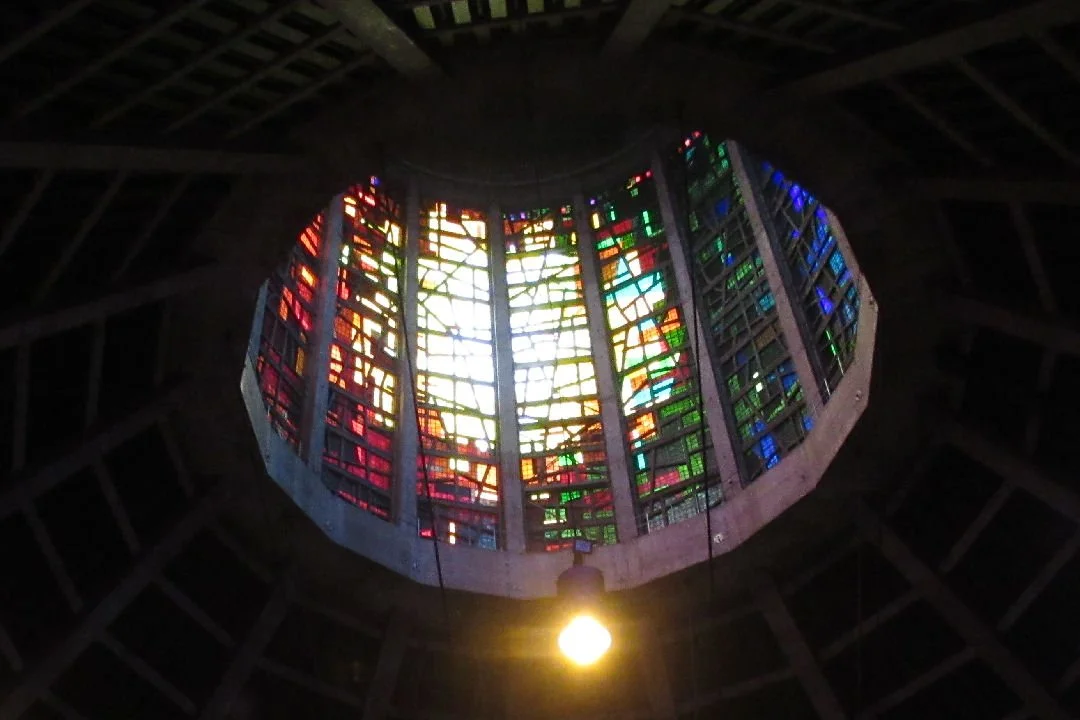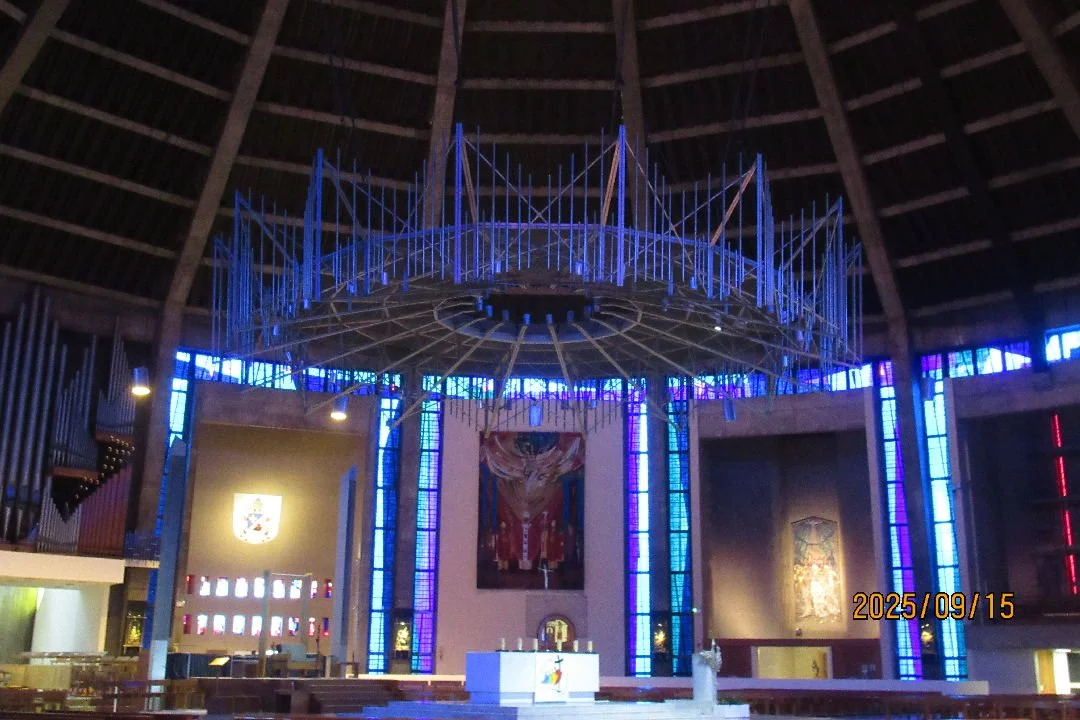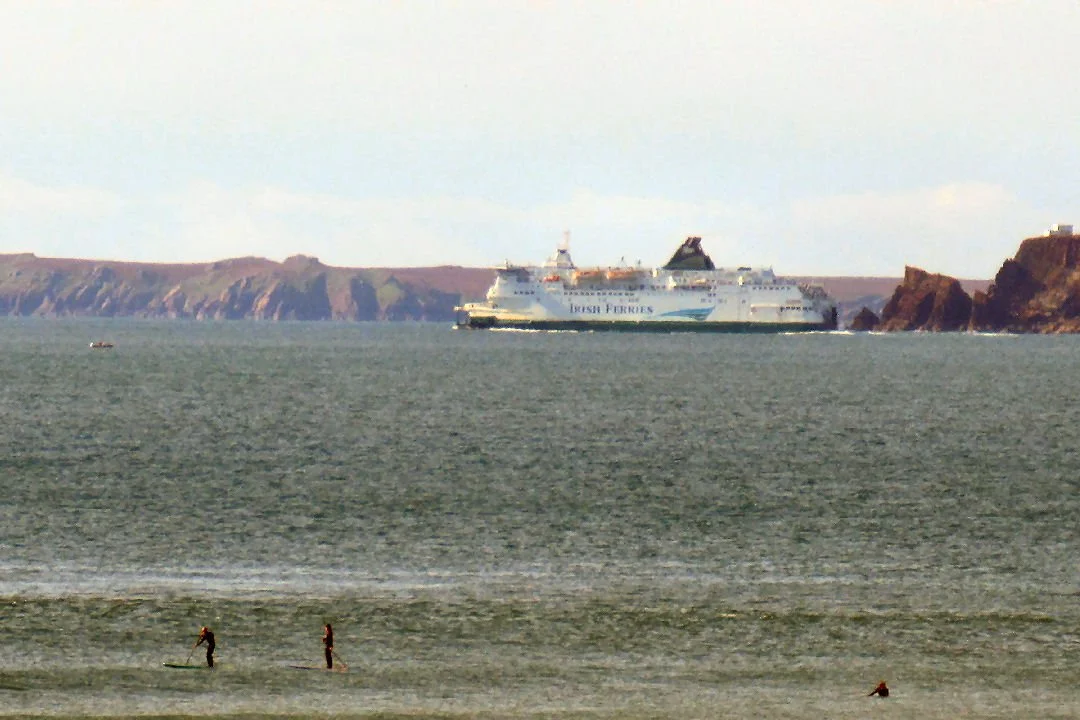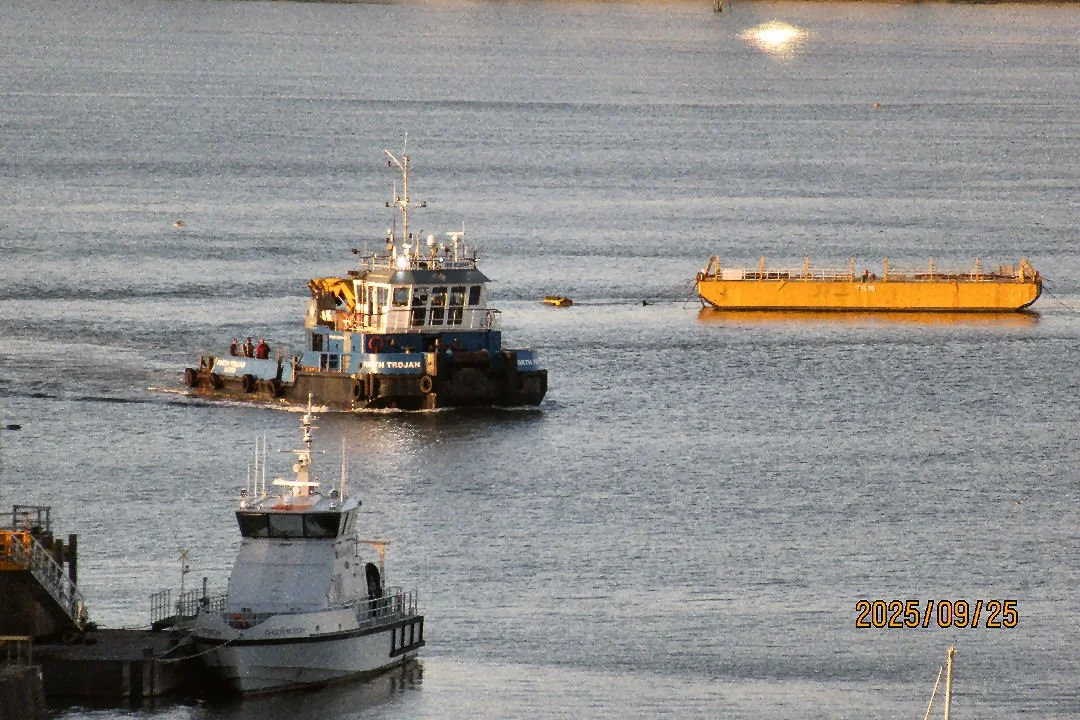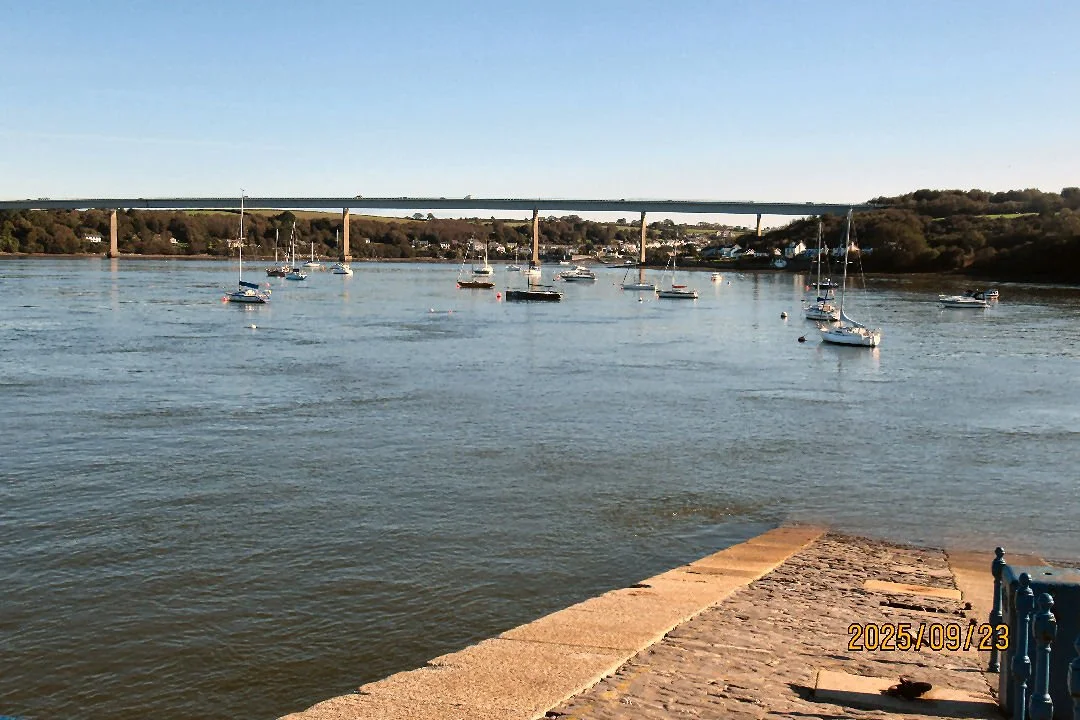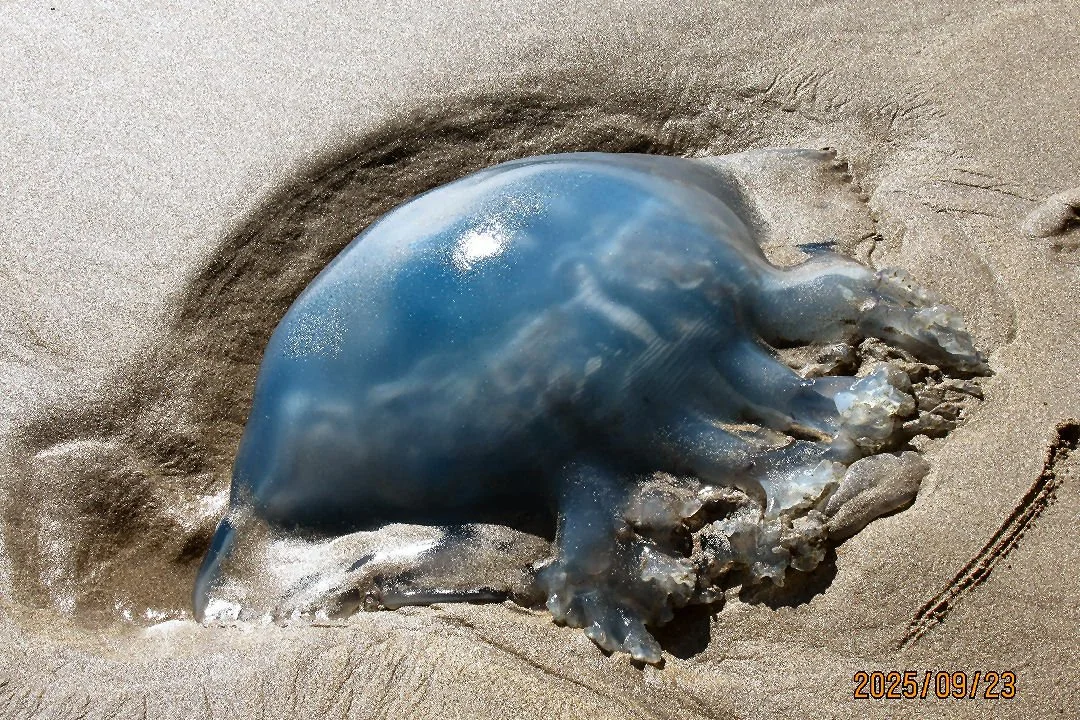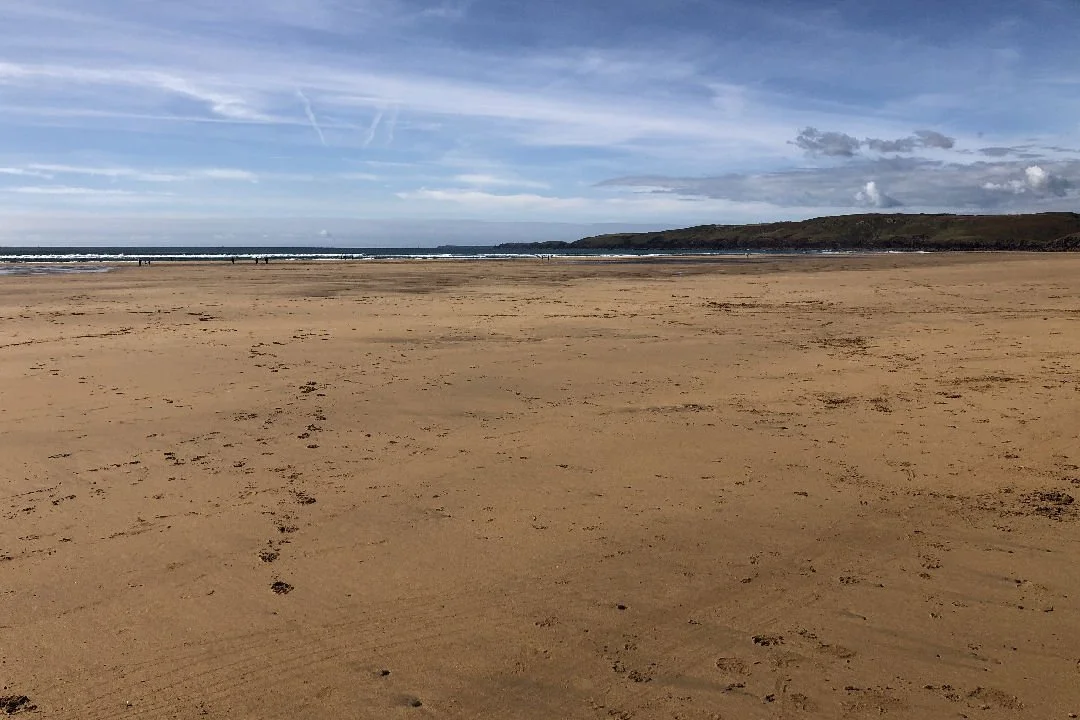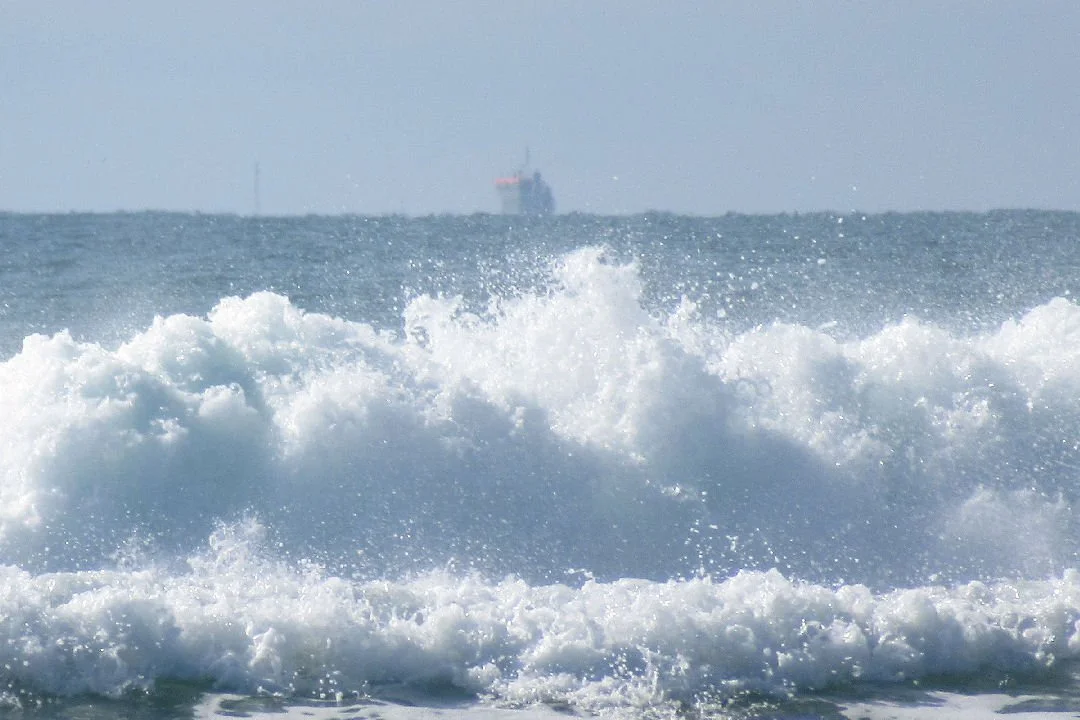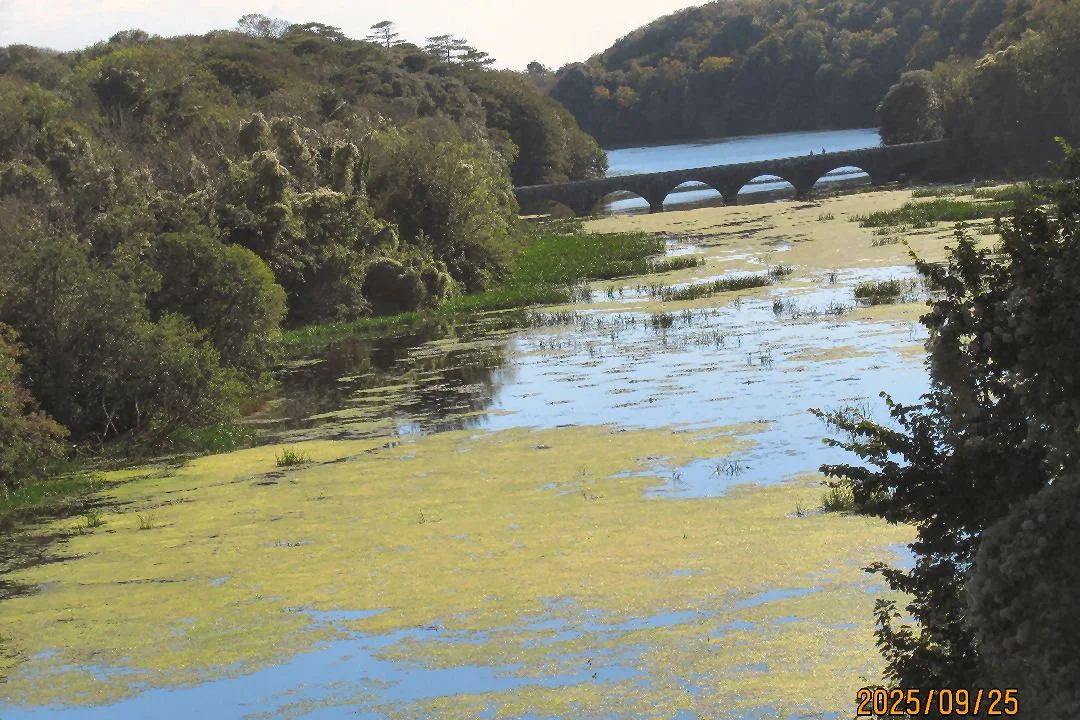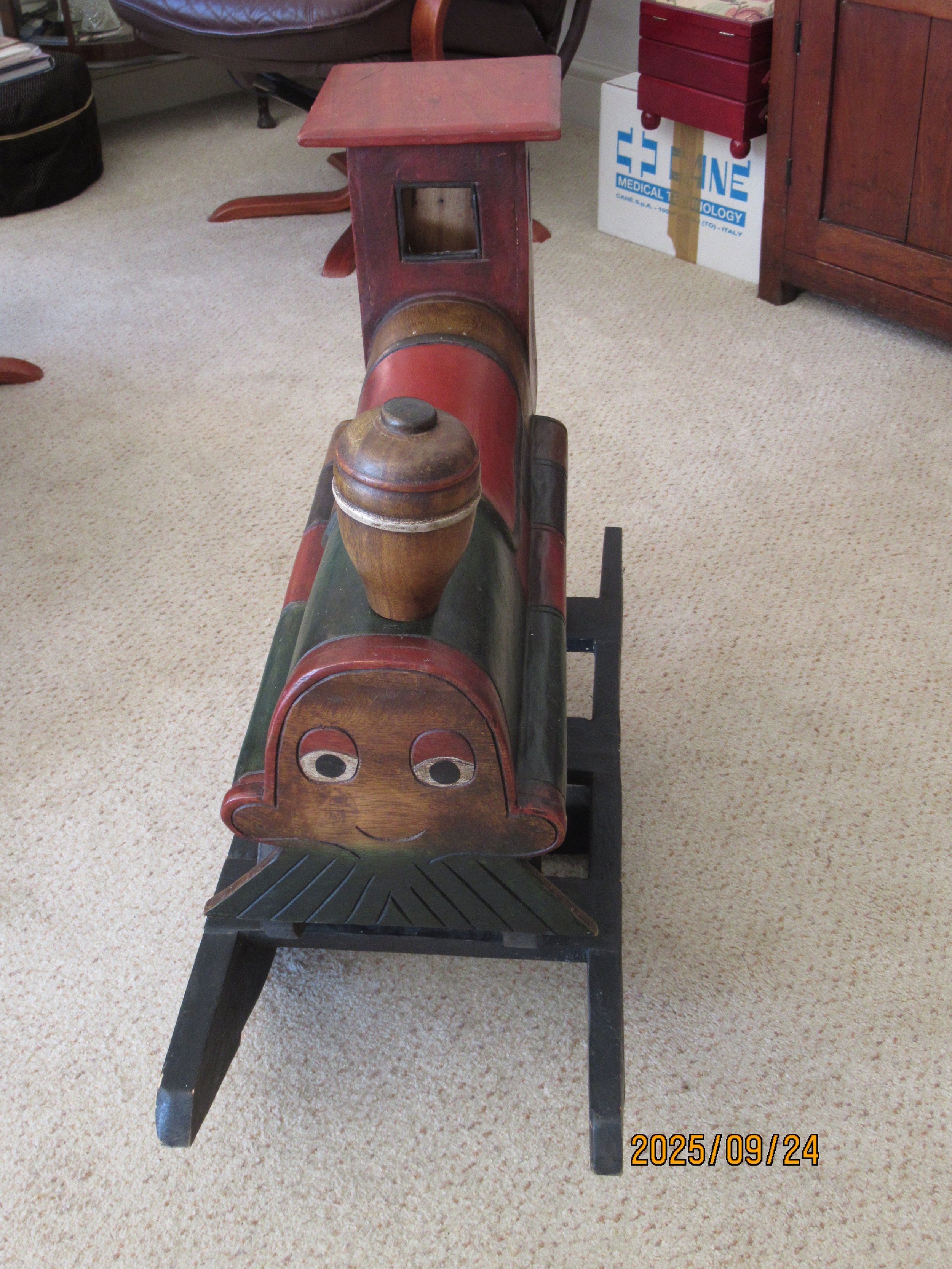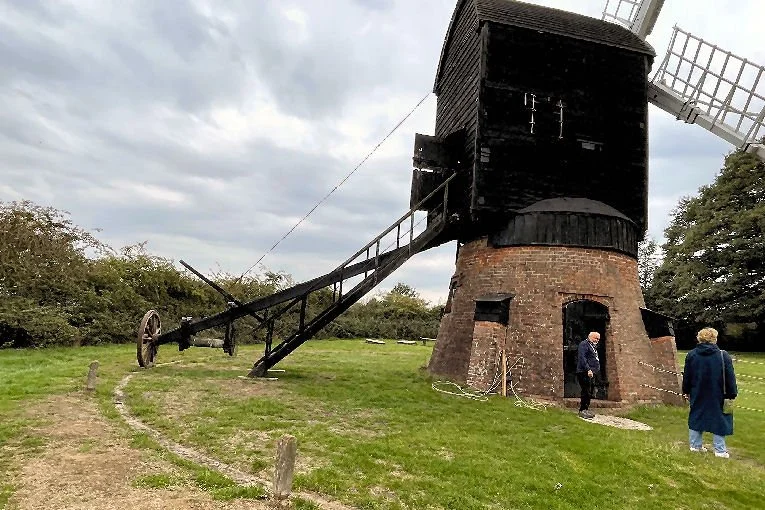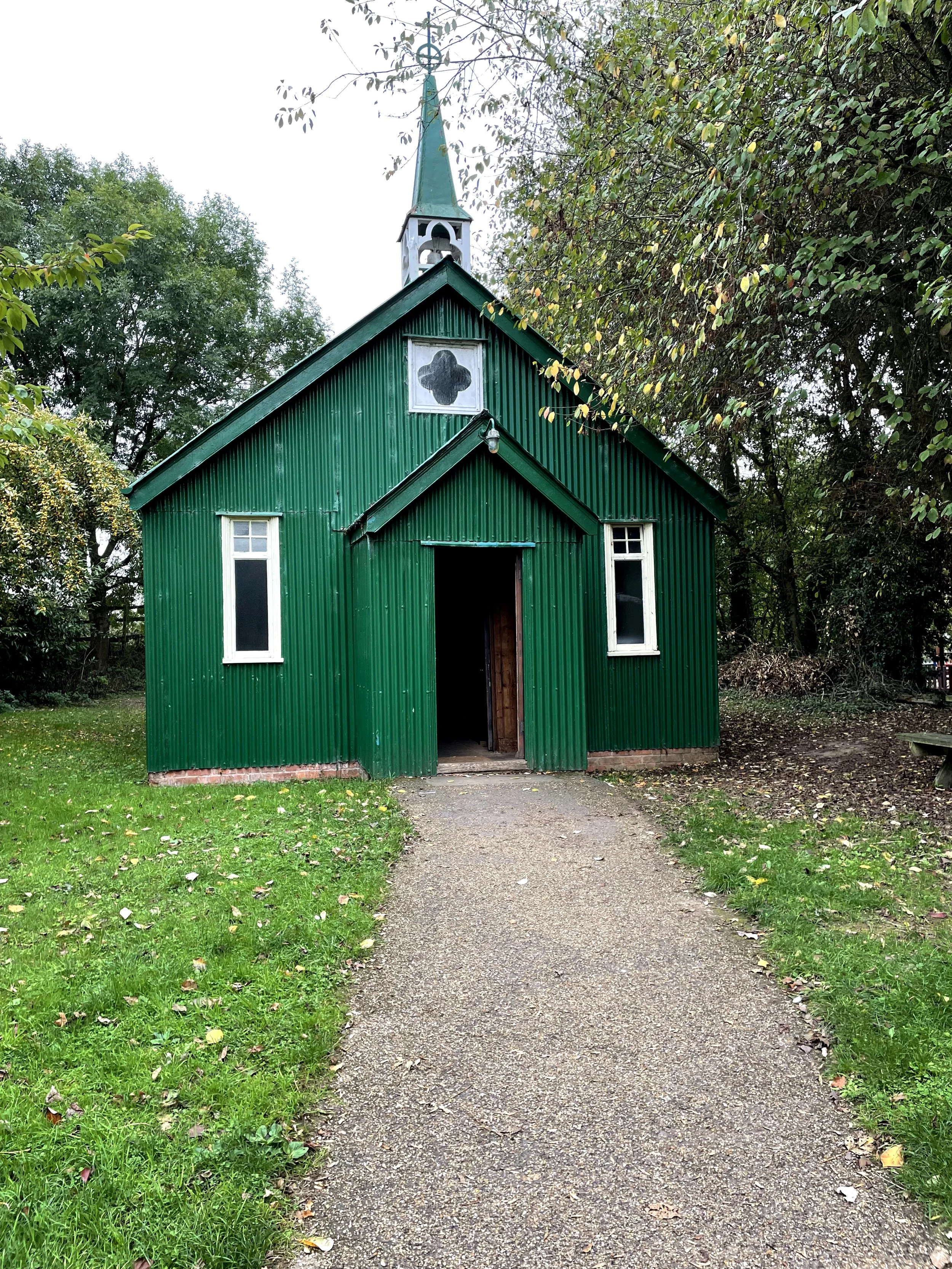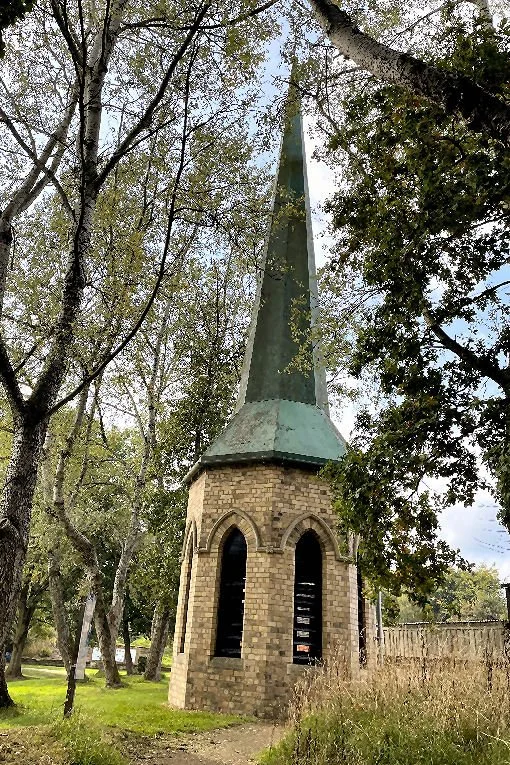Ferrying
September – a month during which Cleddau remained tied up to her pontoon mooring, albeit with a scrubbed and patched cratch cover and a clean front deck…
Deck minus normal clutter and matting
This year’s celebration of two September birthdays took place in Cheshire. The arrival this time was not by boat (remember the drought-stricken canals) but by car. Sutton Hall pub near Macclesfield was as pleasant a birthday venue as on previous occasions, in 2019 and 2012. (https://www.brunningandprice.co.uk/suttonhall/)
At the turn of the year the boating plan had been to cruise from Crick to Liverpool – but the serious Bridgewater Canal breach near Dunham Massey (repair completion not expected before December 2026) put paid to the favoured route. An alternative route via the Macclesfield and Peak Forest canals was also affected by a breach…
Still, the chance to go to Liverpool at some point in 2025 was not to be sniffed at. The Cheshire One is a student at the university there and her accommodation for this coming year lacked a wastepaper bin (!) and some kitchen utensils; then an additional request for a heavier weight duvet was made. A parents’ and grandparents’ road trip to ferry mundane domestic objects thus evolved into a spot of Liverpool sight-seeing…
The accommodation (a student flat for two) is within easy walking distance of the Liverpool University campus. This was a thrill, to walk past a building on Abercromby Square that houses these departments.
Round the corner though was an even greater thrill; the unmistakeable shape of ‘Paddy’s Wigwam’, the term of endearment given to Liverpool’s Metropolitan Roman Catholic Cathedral.
It is a magnificent building, built “in the round” and is a marvellous space enhanced by a lot of religious artworks.
Text in red taken from the Cathedral’s website:
Liverpool Metropolitan Cathedral
The Metropolitan Cathedral of Christ the King is a dramatic icon of faith, architecture, and human endeavour. An awe-inspiring landmark on the Liverpool skyline that you will not want to miss.
The Cathedral is the mother church of the Roman Catholic Diocese of Liverpool and the seat of the Archbishop of Liverpool, the spiritual leader of the whole Northern Province of the Catholic Church in England.
Despite visiting the cathedral before, Boatwif could not help but be moved by this poem that explains how the Catholic community raised the funds to build their ‘mother church’.
In 2019 during a week’s mooring in Salthouse Dock the Captain and Boatwif had attended a stunning performance of Handel’s Messiah here. (See picture of performance here: https://www.boatwif.co.uk/boat-update/seen-and-heard-around-liverpool-3. )
From the steps of the RC Cathedral the bulky tower of Liverpool’s other cathedral can be seen. It stands at the far end of the long Hope Street.
The outline and tower of Liverpool’s Anglican Cathedral
A fierce wind storm was in full blow that day (15th September); strong blasts were powering up from the docks and the river. It would not have been a day for a trip on the Mersey Ferry…
Part way along Hope Street, at the top of Mount Street, is a fascinating sculpture. It’s a pile of luggage, seemingly dropped haphazardly.
A Case History features suitcases and baggage cast in concrete, each one referencing a famous visitor or notable Liverpool institution. Yes, Paul McCartney probably walked this street, but Charles Dickens, Sir Malcolm Sargent and Arthur Askey did too…
In another visit to Wales three sisters were encountered – and the Irish Ferry. How smoothly and slickly it arrives at its mooring at Pembroke Dock
and exits the Haven to set course for Rosslare…
The range of vessels in the Milford Haven waterway always fascinates: large oil and gas carrying tankers, tugs at a mid-channel anchorage, buoy-checking workboats, speed boats and sailing yachts…
Sea and sun, sand and space…
The Cleddau crew headed out to Freshwater East one day. The sand was freshly washed, the air was pure and the outgoing tide had deposited two large jellyfish at the tide’s edge.
Here was another freshly washed beach: hopeful surfers had a long way to walk at Freshwater West to reach the tideline - and milder waves than they would prefer…
A picnic lunch overlooking Stackpole Quay is always a pleasure.
An ebbing tide meant you could stand right beneath the quay (an excellent place to jump from when the tide is high).
An open-backed motor vehicle drove down over the pebbles and into the little harbour. The driver climbed out and onto the small fishing boat. For an hour or so he busied himself transferring ropes, tackle, nets and an anchor from boat to truck. The tackle was to be ferried back onshore for winter, the boat too, as even the sturdy quay doesn’t give sufficient protection in the October and November south-westerly gales.
In the days of The Big House coal delivered to this little quay used to be ferried a mile along a track and over this bridge to a rear entrance of Stackpole Court (the fine house, now long gone).
Eight Arch Bridge at Bosherston Lily Ponds
Apart from seeing the Irish ferry, The Isle of Innisfree, and eating at The Ferry Inn just below the Cleddau Bridge,
the Cleddau crew found themselves involved in ferrying duties. There was the Rocking Train, purchased originally in Pembrokeshire, having since spent years in Cheshire and then in Bristol, needing wheeled transfer to a different family branch.
And china (that’s china, not China): a heavy crate of it was ferried “up the line” to Senior Sis’s mid-Wales home…
Onward then from mid-Wales for a weekend of jolly company with the former Tentatrice crew. (Pictures of Cleddau and Tentatrice as lock partners in 2015 here: https://pippa13.blogspot.com/search?updated-max=2015-09-13T14:30:00-07:00&max-results=7&start=10&by-date=false )
A gentle exploration of Avoncroft, an outdoor Museum of Buildings in Bromsgrove, was most enjoyable.
Who would have known about the amazing collection of telephone kiosks in deepest Worcestershire?
Who remembers pressing Button A and Button B?
There was a cattle market counting house, various farm buildings and an operational post-windmill.
It takes about half an hour to push the mill top and its sails into the right position to catch the wind. This mill was rescued from (ferried from?) Tanworth in Arden in Warwickshire.
A helpful feature of the displays is that each building has an explanatory panel describing the PEOPLE who lived and worked there, the HISTORY of the structure and its RESCUE.
One wonders how did these buildings get ferried from Shropshire or Herefordshire or elsewhere…? One particularly fascinating structure was the Tin Mission Church rescued from Bringsty Common in Herefordshire.
There are exhibits to marvel at, like the fibreglass spire of St Paul’s Church in Smethwick (rescued because the church building had become redundant),
the Showman’s Wagon (just look at the mahogany work inside)
and the highly decorative chimneys rescued from Swiss Cottage, in Fairwater in Cardiff.
October looms and improved water levels on the canals are allowing some lock flights to be opened on restricted hours. There’s just a chink of hope that Cleddau may yet be untied from her mooring for one last 2025 jaunt…
Meanwhile, thankfully, there are no restrictions on ferrying memories back to middle England.
Colours and textures that caught the eye just east of Stackpole Quay



